These Amazing Tips Will Keep Your Plants Blooming Continuously and Longer! Read them and give your flowering plants a vivid lease of life!
If you want to ensure that the blooms in your home or garden stay on for a good time, then following These Amazing Tips Will Keep Your Plants Blooming Continuously and Longer!
What to do if your plants are not blooming? Check here
These Amazing Tips Will Keep Your Plants Blooming Continuously and Longer
1. Deadheading and Removing Faded Blooms

While some flowering plants like daylilies and impatiens eventually shed blossoms on their accord, most plants like marigolds, zinnias, sweet peas, petunias, and hardy geraniums tend to produce more flowers from deadheading.
2. Pinch Back
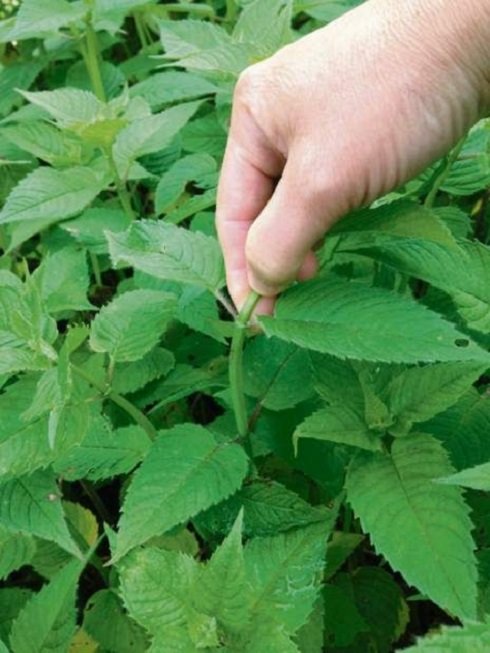
Pinching back plants effectively activates growth from the dormant lateral shoots and results in bushier plants. This process is somewhat similar to deadheading, though it serves a separate purpose.
Pinching back also helps to maintain a compact structure of plants and prevent them from growing too tall. With terminal growth reduced at the tip of branches, the plant’s resources are diverted to lateral growth, which translates into a bushier plant with more blossoms.
Research has revealed that pinching back is not beneficial to all plants, and the timing varies. It’s advisable to pinch back perennials when they are 4-6 inches tall. Also, this should be done before flower buds arise.
To pinch back, you need to remove the part of the stem just above the node. Flowers like asters, petunias, zinnias, and sweet pea, benefit from this process.
Check out the best-kept secrets of getting more blooms in your garden here
3. Pinch Off First Blooms
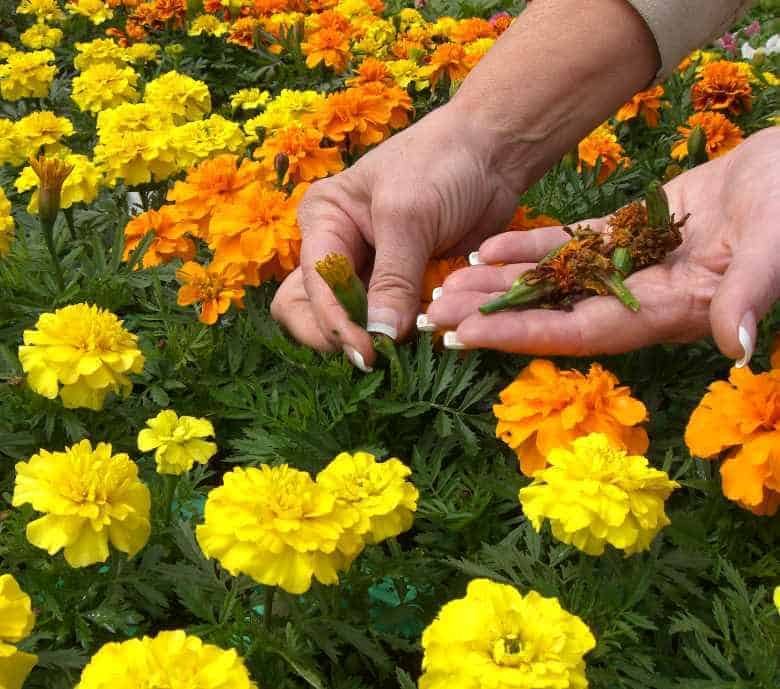
Pinching off the first blooms may seem like an incredible idea, especially when you have waited all through the dreary winter days for flowers to appear in your garden.
However, pinching off blooms promotes sap flow in the plants and encourages more blossoms to appear. This process works best for annuals.
It also supports the development of lateral flowers and consequently allows the plant to adopt a fuller appearance.
4. Shear it Off
It’s possible to coax your flowering bushes into the second round of flowering if the climate stays favorable. Just shear them every once in a while.
Shearing refers to removing one-third section of the plants in one swoop.
Plants like Salvia, Foxglove, Delphinium, etc., have a bottom layer of foliage from which flower stalks appear. Old flowering spikes need to be sheared off before new ones can arise from the base.
Shearing should be done when most of the flowers have faded. Also, don’t go overboard with this technique; ensure to stay true to the plant’s growth habit. This will maintain the beauty of your garden until new flowers kick in.
5. Mulching
Using a layer of bark mulch during summer’s long, hot days will help keep the weed levels in check and retain moisture by lowering soil temperatures.
Mulching around annuals and perennials keeps heat stress at bay, which assists in extending the flowering season by a good few weeks. Mulches made of rock and stone are particularly adept at trapping the sun’s heat in the day and emanating it at night.
This makes them perfect for growing tropical perennials as annuals since a wee bit of extra warmth can go a long way in promoting long-lasting blooms.
Get some expert gardening hacks here
6. Opt for Succession Planting

Succession planting is growing the same plant at different periods throughout the season to extend the flowering season and enjoy a longer, more reliable supply of blooms.
Sowing the seeds in small, successive batches helps to lengthen the flowering window and workload into more manageable ripples.
It’s advisable to plant groups of bulbs weekly or biweekly. Additionally, mixing early-flowering varieties with late-flowering ones can also make a big difference.
7. Success Lies in the Soil
Soil that is loose, rich, and well-aerated, with enough organic matter to allow proper drainage, is ideal.
For containers, the soilless mix is a good choice. Some plants like lavender, periwinkle, bougainvillaeas, and Lenten rose prefer relatively infertile soil low in nutrients.
Also, it’s best to test your soil’s pH level and fertility before proceeding to plant anything on it.
Get the best tips to increase soil bacteria in the garden here
8. Water Only When Required
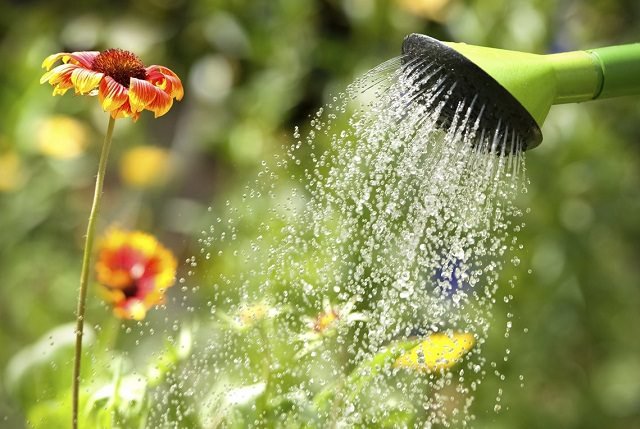
Don’t use this instinct to your advantage; else, you will end up with a bed of wilted plants early on in the season. Maintaining an optimal soil moisture level ensures both bloom production and the longevity of the plant.
Water only (not suitable for moisture-loving plants) when the top surface of the soil seems slightly dry, both in garden beds and containers.
9. Fertilizing

Of course, to bloom profusely, plants need nourishment. There are many ways to feed plants. One way is to add a layer of compost to the bottom of the plant.
Alternatively, you can use a slightly diluted liquid base fertilizer every week. Another good idea is to sprinkle a time-release fertilizer that dissolves slowly.
Balanced fertilizers work well for most plants, but a high-phosphorous formula helps plants divert their focus from vegetative growth to flowering. Also, don’t go overboard with fertilizing as you may harm the plants.
Check out the best home-made fertilizer for growing more roses here
10. Allow for Complete Vegetative Growth
The length of the growth period plays a significant role in determining the productivity of your plants. Good vegetative growth is considered more essential than the early flowering of plants.
Indeed, the more growth you allow, the more leaves and side-branches your plants develop, and consequently, the more flowers they form.
Some surefire way to encourage vegetative growth is using a fertilizer initially and removing buds from young plants to help focus the plants’ energy on development.
11. Watch Out for Pests
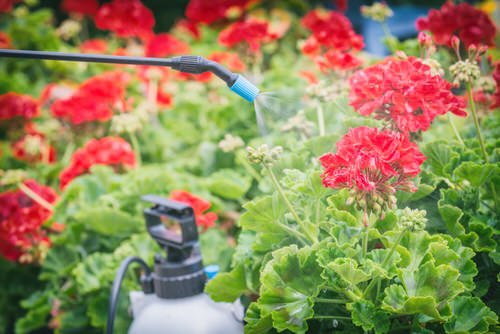
Pest control is one of the main tips to keep your flowers blooming. Common summer pests such as slugs and aphids often pose serious health risks to plants and reduce their propensity to produce a second or third flush of blooms in the same season.
Moreover, insects and bugs love chewing away on flowers and thus impact the health and production of blooms. Plenty of organic solutions is available to tackle this problem, such as insecticidal soaps and neem oil.
Using predator urine or spraying Lady Bugs colonies is equally effective.
12. Don’t Go for Overly Large Pots
Avoid growing annual flowers in overtly large containers as then the plant will focus its energy on growing more roots than blossoms. Keep the plants in tight pots that are of the same size as their rootball, as then they will divert the energy into blooming more flowers.


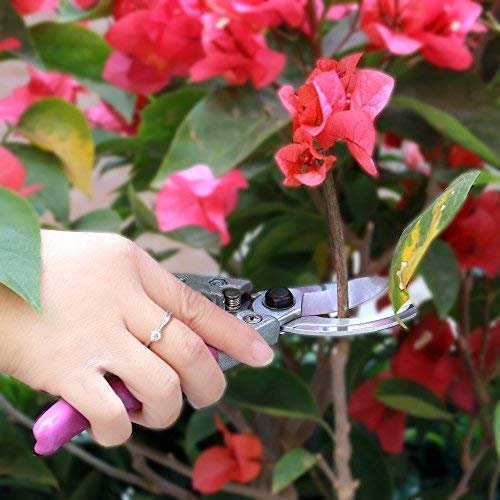
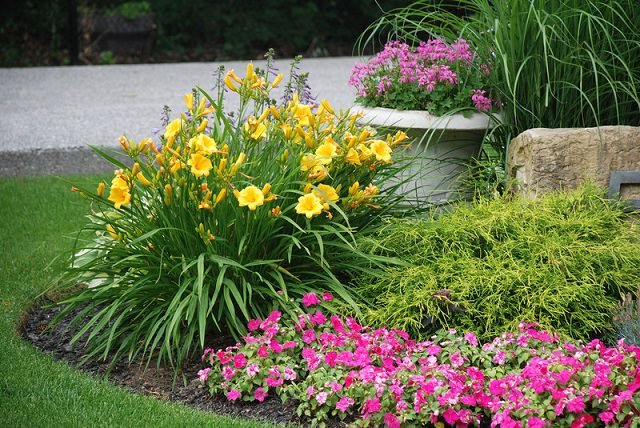
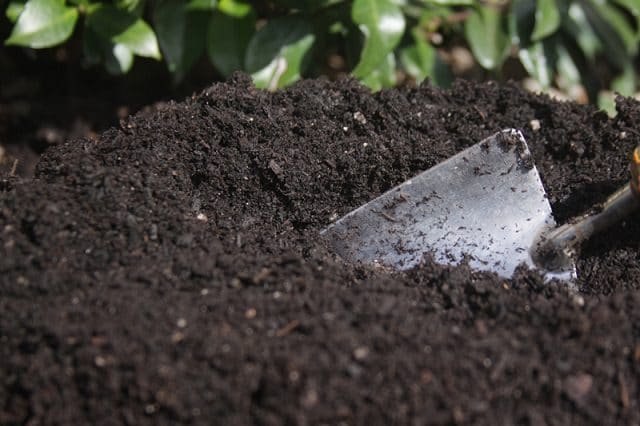

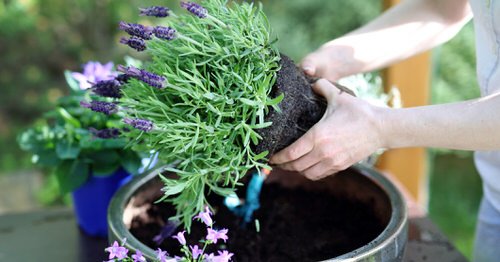

I have 4 lantana plants that have lovely green leaves but no blossoms (for our humming birds). What to do? (Live in San Francisco area 10, morning sun)